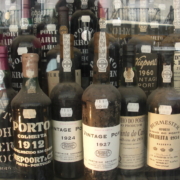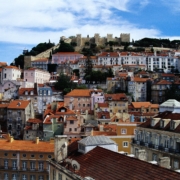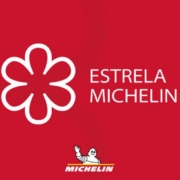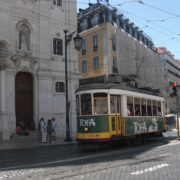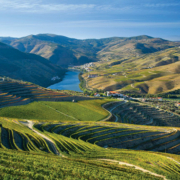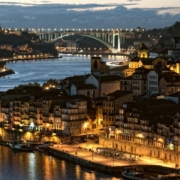Origins of Portuguese Food
Back in the 15th century, Prince Henry the Navigator requested his explorers to bring back to Portugal any exotic fruits, nuts, and plants from new lands which they encountered. As a result, much of Portuguese was cooking affected by the findings of these very explorers.
Amongst other things, tomatoes and potatoes were brought to Europe and tea was introduced to Europeans. Today, the Portuguese fondness for certain ingredients such as cinnamon or curry powder for example, is a legacy from that time. But other cultures had been introducing new foods to Portugal for centuries before that. The Romans brought wheat and introduced onions, garlic, olives, and grapes. Later, the Moors were the first to plant rice, introduced figs, planted groves of lemons and oranges, and covered the Algarve province with almond trees.
These days Portuguese food varies from region to region, but fresh fish and wonderful shellfish are found on virtually every menu. The national dish is dried, salted cod or “bacalhau,”. The Portuguese have been obsessed with cod since the early 16th century, when their fishing boats reached Newfoundland. The sailors salted and sun-dried their catch to make it last during the long journey home and today there are said to be 365 different ways of preparing it, one for each day of the year!
Also popular in the coastal towns are grilled sardines and mackerel which are also added to a mixture of other types of fish and included in “Caldeirada”, a local fish stew.
Specialty seafood restaurants are in abundance in Portugal, many with dramatic displays of shell fish such as lobsters, oysters, crabs and shrimp. Try the “Arroz de Marisco”, which is somewhat the same as a fish and shellfish Spanish Paella – a rich seafood rice.
“Cozido à Portuguesa” is another national dish, made with meat and is a thick stew of vegetables with various kinds of meat. Perhaps the favorite meat in Portugal is Pork, which is cooked and served in many different ways; roast suckling pig (“leitão assado”) is popular in the north of the country and pork sausages called “chouriço” or “linguiça.”
Yet another typical dish of Portugal is tripe with haricot beans. Yes, we agree it does not suit everyone, but it has been the country`s most famous dish since Henry the Navigator sent a vessel to conquer Ceuta in Morocco and the people of Porto slaughtered all their livestock to provision the crew, keeping just the intestines for themselves. They have been known as “tripeiros” or “tripe eaters” ever since.
Although breakfast is normally just coffee and a bread roll, lunch is a big affair, often lasting up to two hours. It is served between noon and 2 o’clock or between 1 and 3 o’clock; dinner generally being served late, after 8 o’clock in the evening. There are usually three courses, often including “caldo verde”, a popular soup prepared with potatoes, cabbage and sausage.
Desserts are typically cinnamon-flavored rice pudding, flan and caramel custard, but also often include a variety of cheese. The most common varieties are made from sheep or goat’s milk the most popular being “queijo da serra” from the region of Serra da Estrela.
Portuguese pastries are outstanding and many were originated by nuns in the 18th century, who sold them as a means of supplementing their income. Their creations have interesting names like “barriga de freira” (nun’s belly), “papos de anjo” (angel’s chests), and “toucinho do céu” (bacon from heaven). “Pastel de nata,” is a small custard tart sprinkled with cinnamon, which is particularly delicious and could be called Portugal’s national dessert!
Finally, we should mention the Portuguese bread, which is totally delicious and which you will have opportunities to sample with every meal you have in the country.
If you would like to learn more about the history of Portuguese food, and, better still-to experience for yourself the wonderful cuisine and its incredible mix of Mediterranean tradition and exotic influences from all corners of the World, our Lisbon Getaway Luxury Tour includes a Gourmet and Historical tour of the city with an expert local guide.


